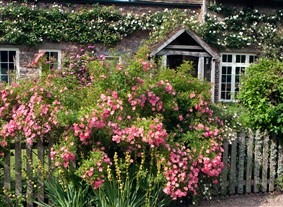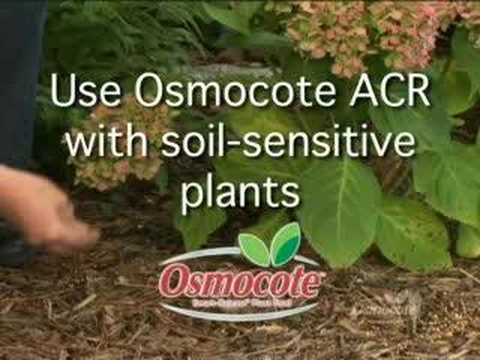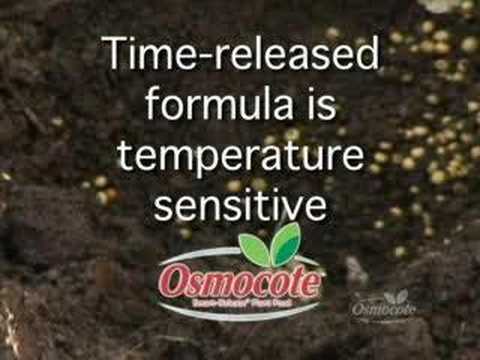Why I Plant Poisonous Plants in the Kitchen Garden
Views: 18067
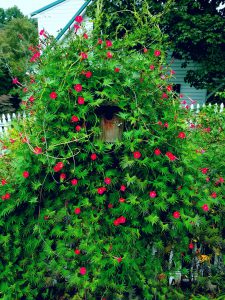
My kitchen garden is planted right outside my kitchen, dining room, and family room windows. My studio office overlooks the garden. It’s close to the house so its convenient when I want some basil, parsley, or calendula flowers- and even now and then some poisonous plants.
It’s planted close to the house because I enjoy watching hummingbirds, birds, bees, and butterflies hovering over colorful blossoms, even if I’m not harvesting something. This was a conscious design decision to create an integrated, productive garden in my suburban landscape. My kitchen garden design philosophy has always resonated with the French philosophy of the potager. Make it seasonally productive and make it beautiful. With all of this focus on beauty and production, why do I then plant hazardous vines in the garden?
Benefits of Poisonous Plants
Toxic plants do have a place in the kitchen garden. Just be careful and know the difference between the edible flower for your salad and the dangerous flower grown for its beauty alone. Of course, it goes without saying, instruct the children in your life to talk to you before they graze on flowers and pods. If you have young children you may want to forego the morning glories. But remember, parts of other edibles in the garden can be perilous too. Not that you would ever want to eat them, but the leaves of rhubarb and the leaves of tomato plants are toxic. The garden is a risky place.
Sweet Peas
Sweet Peas (Lathyrus odoratus) are wonderful in the kitchen garden grown on trellises or fences. This old-fashioned cool-season climber is fragrant. You can snip the luscious flowers to put in vases for the house. Renee’s Seeds is a source for fragrant old varieties with white, pink, purple, blue, and red flowers, from pastel to jewel tones. Plant seeds in March or April, a few weeks before the frost free date and give ample support for the fast climbing tendrils. The flowers are long lasting but most varieties die out in the deep heat of summer. Don’t confuse the sweet pea with garden peas—you won’t be eating these. The seeds are poisonous.
Morning Glories
Morning Glories (Ipomoea tricolor) are grown not for their fragrance but for their intense color. My favorite is the classic Heavenly Blue which I grow along with pole beans on my royal blue bamboo tee pees. By summer’s end, the structure is a mass of blue and green. The heart shaped leaves are an attractive dark green and the vivid clear blue flowers are stunning. Grandpa Otts is an heirloom variety with deep purple trumpet shaped flowers sporting a bright pink eye. The scary part of morning glories is the seeds. The plant sciences department website at UC Davis lists morning glories as a class 1 toxin: if ingested, call your poison control center immediately.
Cypress Vine
Cypress Vine (Ipomoea quamoclit) is a vigorous climber with deeply cut, delicate, feathery leaves and cherry red, small trumpet shaped flowers. Hummingbirds love the bright flowers and flit from flower to flower sipping nectar; the hummers appear in my garden twice a day- in the early morning and in the evening. Cypress vine is in the same family as morning glories and therefore shares the same toxicity in the seeds.
Hyacinth Bean
Hyacinth Bean (Lablab purpureus) will quickly fill a trellis to create a colorful living screen. It covers fences or birdfeeders too with its dark leaves, lavender blossoms and purple seed pods. Use this climber when you want an attractive vine that blooms from early summer until frost. Since this is a legume the roots will help add nitrogen to the soil. Evidently, the pods can be used for food if you boil them and change the water several times. Otherwise, they are poisonous if eaten in large quantities. I use this as an ornamental vine only.
Cypress Vine Cont.
This summer, flying insects and furry creatures have enjoyed my garden as much as I have. Aphids made a sticky mess of my scarlet runner beans, Japanese Beetles devastated my Purple Podded-Pole beans and a chubby ground hog leisurely enjoyed my Kentucky Wonder beans without sharing. Honestly, right now the only flowering vine that looks really good on my bamboo poles is the toxic Cypress Vine. Thats why these wicked beauties are growing in my kitchen garden. They look good and nothing bothers them, except the hummingbirds.
For inspiration and advice on designing your kitchen garden, consult my book, Designing the New Kitchen Garden: An American Potager Handbook published by Timber Press.
Meet Jennifer Bartley
Jennifer Bartley grew up on a ravine near an ancient Indian mound. She remembers spending glorious childhood days picking wildflowers and playing in an old,…
Jennifer's Recent Posts
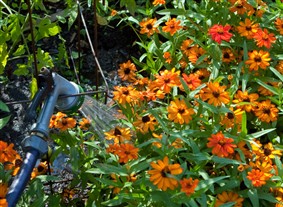
Hand Watering the Kitchen Garden
